Visual symbolism was important to Hitler and Mussolini, and both the Nazis and Fascists dedicated significant resources to promoting their ideologies through art and architecture.
1933–1945 C.E.
Visual symbolism was important to Hitler and Mussolini, and both the Nazis and Fascists dedicated significant resources to promoting their ideologies through art and architecture.
1933–1945 C.E.
We're adding new content all the time!
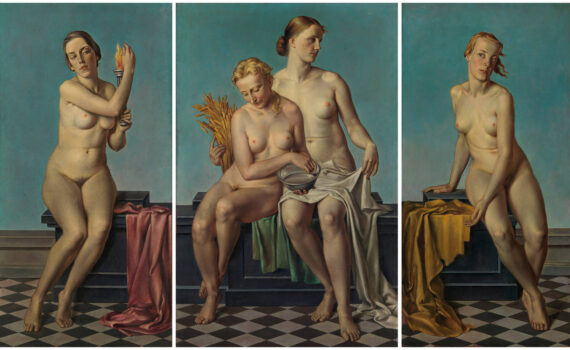
Displayed in Adolf Hitler's Munich apartment, Ziegler's Four Elements reflects the fascist ideology of Nazi Germany.
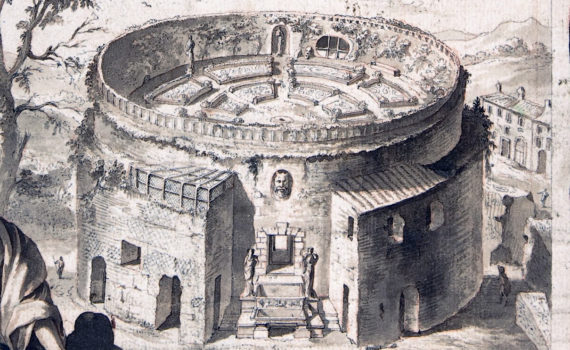
From Augustus, to Mussolini, and now Bulgari, the long strange history of the Mausoleum of Augustus.
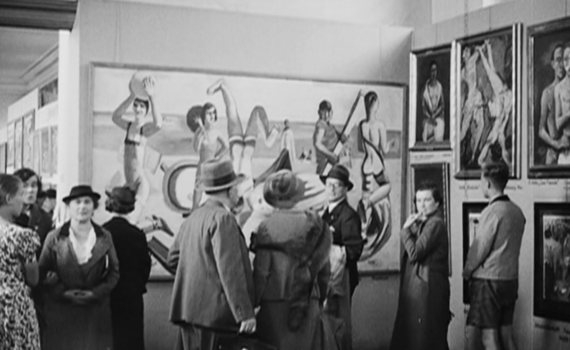
Explore the concept of ‘Degenerate Art’, a term adopted by the Nazi Party in 1920s Germany to describe art that did not conform to their ideal vision of the world.
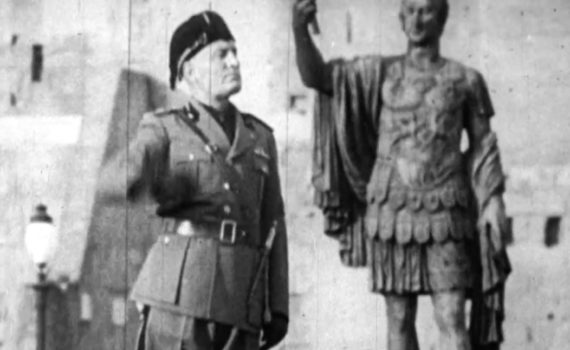
In Rome, murals were harnessed to the political agenda of 1930s Fascism, a one-party state led by an authoritarian ruler.
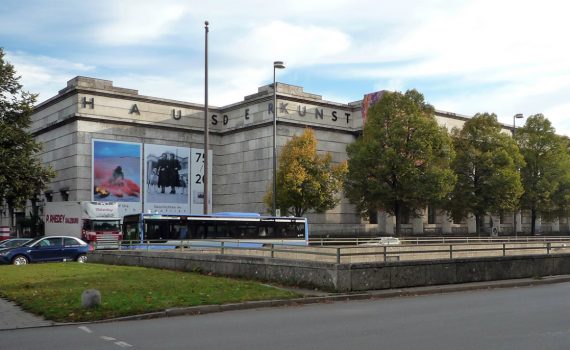
The first of many buildings commissioned by Hitler, this was meant to seem timeless, like ancient ruins.
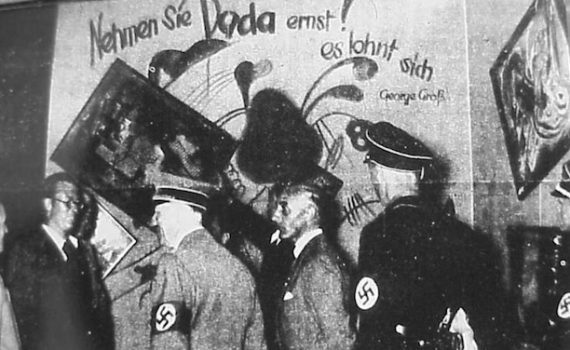
The Nazis organized two exhibitions in 1937: one glorified “Aryan” art, and the other condemned everything else.